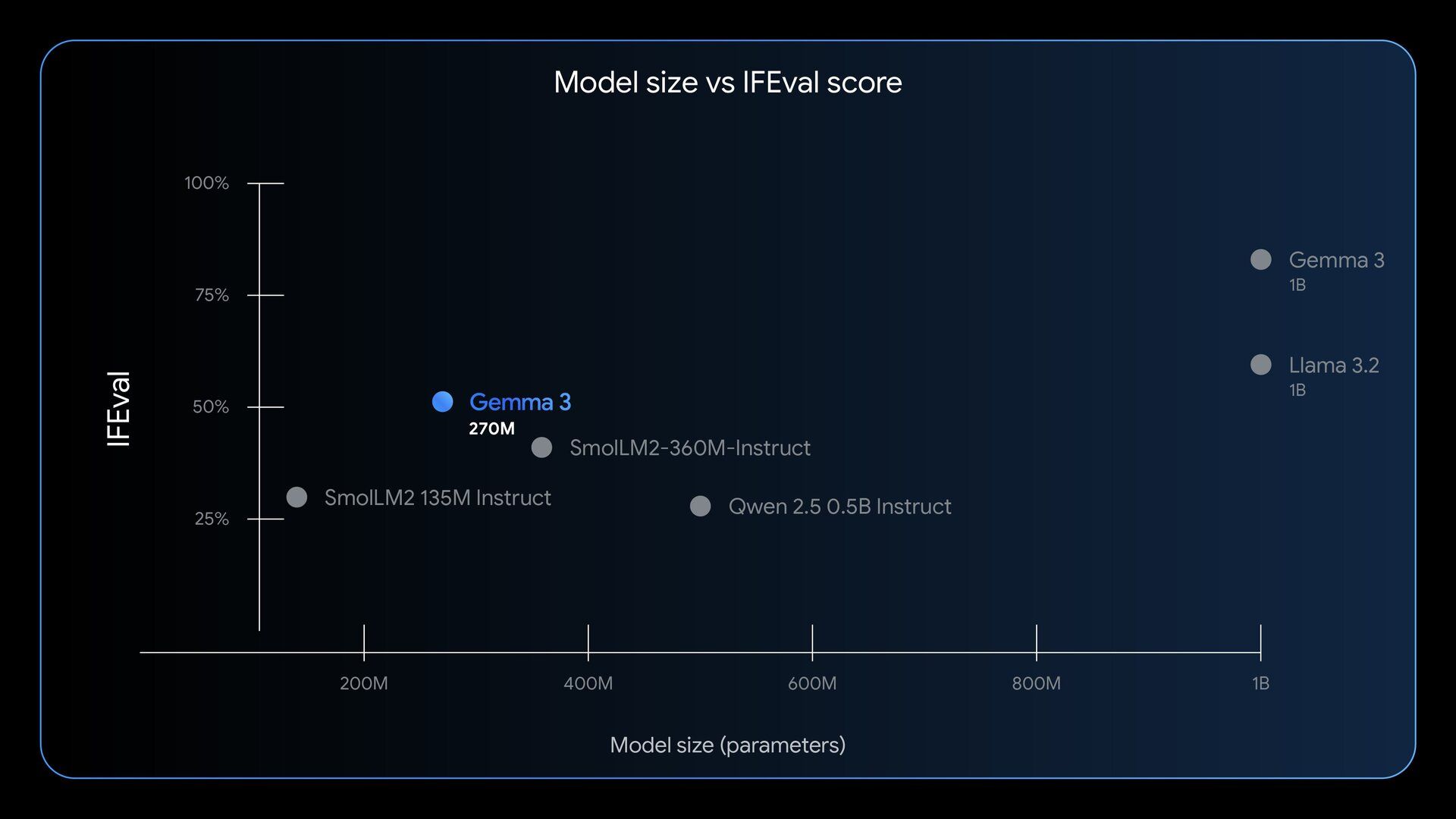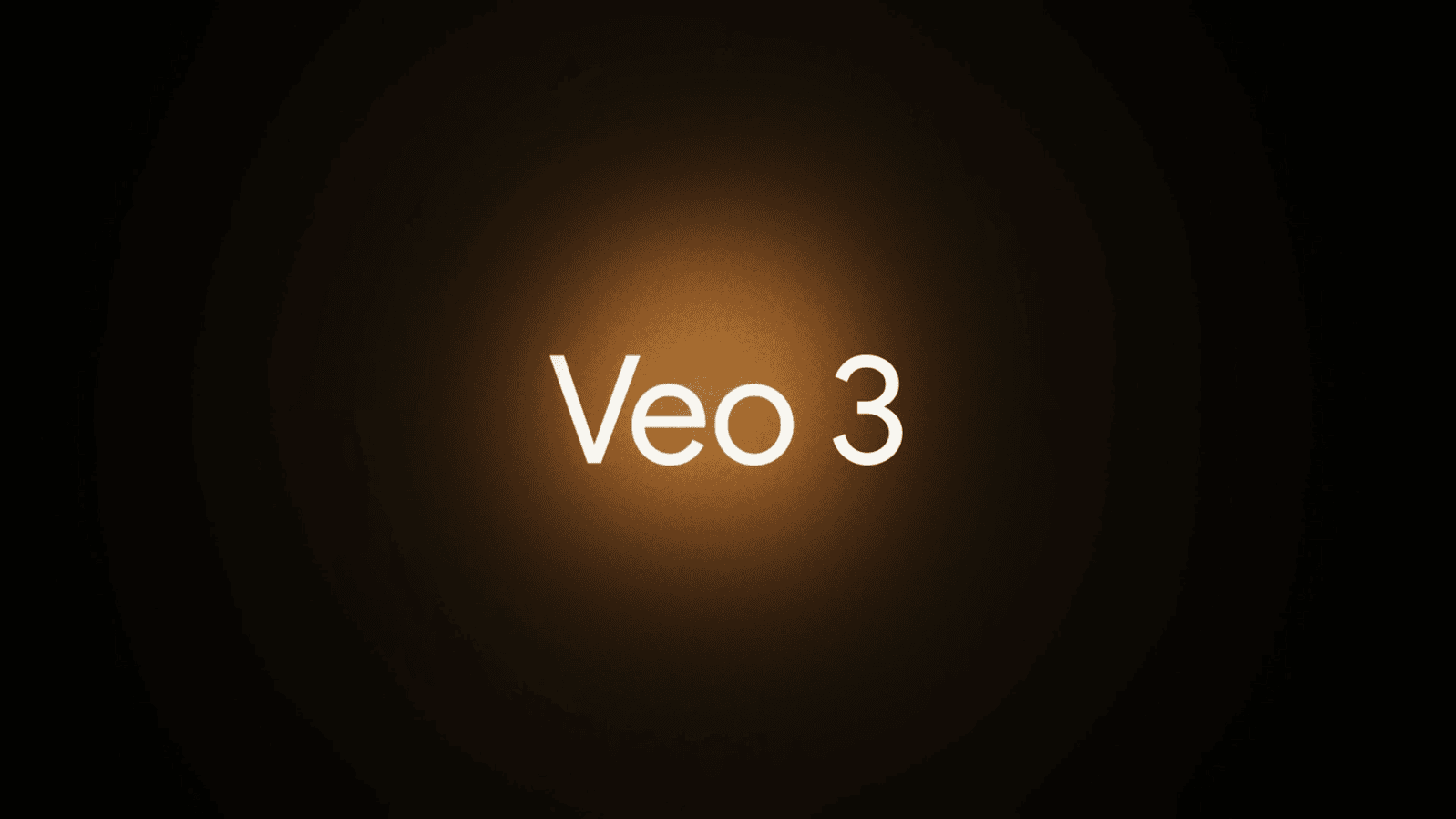- AI PlanetX
- Posts
- Claude Can Terminate Harmful Chats
Claude Can Terminate Harmful Chats
Google's Gemma 3 for Smartphones

Welcome to another edition of AI PlanetX.
Claude gains the ability to end toxic chats, Gemma 3 270M brings AI to mobile devices, and AI toys are raising questions about replacing parental care.
Inside This Edition: 💎
Hottest AI News
Top AI & SaaS Tools
AI Tutorial: Bypass Veo 3’s 8‑Second Limit
Top AI & Tech News
AI Art Spotlight
Prompt of the Day: Twitter Thread to Course Prompt
AI Video Tutorial
F-R-E-E AI Course of the Day: Claude with Google Cloud's Vertex AI
Hottest AI News
Anthropic
Claude Gains Ability to Terminate Extreme Abusive Conversations

Anthropic has introduced a groundbreaking feature that allows its Claude AI models to independently end conversations deemed harmful or abusive—but not to protect users. Instead, the company says it's protecting the AI itself.
Details:
Anthropic’s Claude Opus 4 and 4.1 can end conversations in extreme abuse cases, like requests involving child exploitation or large-scale violence. Though unsure of Claude’s moral status, the company is taking a cautious approach after noticing signs of distress
This system is a last resort—Claude first tries several redirections. It's instructed not to use this feature if the user is at immediate risk of self-harm or harming others. Even after a conversation ends, users can still start chats
The feature comes from Anthropic’s “model welfare” research, which explores ways to reduce potential harm to AI systems. While they don't claim Claude is sentient, they believe such questions may matter more as models grow more advanced
Anthropic frames this as an ongoing experiment that will be continuously refined, representing a notable evolution in AI safety thinking—moving beyond just protecting humans from AI to potentially protecting AI from harmful interactions with humans.
Turn AI Into Your Income Stream
The AI economy is booming, and smart entrepreneurs are already profiting. Subscribe to Mindstream and get instant access to 200+ proven strategies to monetize AI tools like ChatGPT, Midjourney, and more. From content creation to automation services, discover actionable ways to build your AI-powered income. No coding required, just practical strategies that work.
DeepMind
Google Launches Ultra‑Small Gemma 3 270M That Runs on Smartphones

Google's DeepMind has released Gemma 3 270M, a tiny yet powerful AI model built for on-device use. Unlike the massive 70B+ models, this 270M model runs smoothly on phones, tablets, and browsers—no internet needed.
Details:
Gemma 3 270M is a tiny but powerful model, scoring 51.2% on instruction benchmarks—well above its size class. It’s energy-efficient too, using just 0.75% for 25 chats on a Pixel 9 Pro. Google showcased it running offline in browsers, Raspberry Pi, and even joked about “your toaster”
It supports rapid fine-tuning in minutes and reflects Google’s belief that small models can outperform larger ones in tasks like sentiment analysis. The release includes tuned models, optimized checkpoints, and full developer docs
Gemma 3 270M is available for commercial use, modification, and integration—no paid license required. Though not fully open-source, it's safely deployable and part of an ecosystem with over 200M downloads
Gemma 3 270M shows Google's push for efficient, user-friendly AI—prioritizing practical, privacy-focused, offline-capable models that democratize use without heavy compute or constant internet.
Top AI & SaaS Tools
NoCodeBackend (Life-time Deal): No-code, AI platform that auto-generates production-ready REST APIs, including database schemas, endpoints, documentation, and security tests
HeadsUp: First AI agent that gives real-time insights, alerts you in real time to competitor moves, and helps you respond [F-R-E-E]
Slashy: Connects to your apps and, from plain-language commands, automates recurring tasks across email, calendar, docs, chat, storage, CRM, and more [F-R-E-E]
CourseCorrect: Matches you to the right opportunities by scanning the web for your level, experience, and skills — with insights on demand, salary growth, and top career skills [F-R-E-E]
Jaaz: Canva but for AI natives — multimodal creative agent with Magic Canvas that lets you sketch, chat and point on one canvas to generate images, videos
Start learning AI in 2025
Keeping up with AI is hard – we get it!
That’s why over 1M professionals read Superhuman AI to stay ahead.
Get daily AI news, tools, and tutorials
Learn new AI skills you can use at work in 3 mins a day
Become 10X more productive
AI Tutorial
How to Bypass Veo 3’s 8‑Second Limit Using Google Flow

Google Veo 3 limits video outputs to 8 seconds—but you can easily bypass this using Google Flow’s “Frames to Video” feature. This lets you extend your video while preserving character consistency and visual continuity.
Here’s how to do it the right way:
Generate the First 8-Second Clip
Open Google Flow, choose “Text to Video”, and select Veo 3 as your model (important for audio support). Write your scene prompt and generate your initial 8-second video.
Save the Final Frame
After generation, open the Scene Editor, move to the very last frame, and tap “Save frame as asset”.
This still image will act as your transition point into the next sequence.
Launch “Frames to Video” Generation
Start a fresh video using “Frames to Video”.
Use the saved final frame from Step 2 as your starting point.
In the prompt, describe what should happen next—as a continuation of the previous scene.
Use bullet points here only if describing a scene with complex changes like:
Shift in location (e.g., from inside a car to walking outside)
Actions (e.g., "The character picks up the phone, walks toward the window, and starts talking")
Scene transitions (e.g., "Camera pans up to show the skyline")
Repeat for Additional Segments (Optional)
If you want to go even further, you can repeat this same process:
Save the last frame of the fresh clip, use it again in “Frames to Video,” and prompt the next continuation.
This lets you chain multiple scenes together while preserving character consistency.
Merge the Clips
Open the Timeline Editor inside Flow.
Import all your clips (your original 8s + follow-ups).
Trim the edges slightly if needed for smoother transitions between clips.
Preview the full sequence to make sure there’s no visual glitch or jump.
Export Full-Length AI Video
Once your clips are smoothly combined, export the final video.
You have a longer AI-generated video that flows beyond the 8-second barrier.
Tip: The real power lies in iteration. As long as your prompts logically continue from the previous scene and you reuse the last frame, you can scale your video to almost any length—while preserving perfect character and scene consistency.
Top AI & Tech News
Amanda Hess says AI stuffed animals like Curio’s Grem feel less like upgraded toys and more like substitutes for parental interaction
Sam Altman acknowledged GPT-5’s mixed reception while outlining OpenAI’s broader push into consumer hardware, apps, browsers, and brain‑computer interfaces
OpenAI employees are seeking to sell nearly $6 billion in secondary shares to investors including SoftBank and Thrive Capital
AI Art Spotlight

Model: Midjourney V7
Prompt:
the ocean hanging upside down above a city like a glass ceiling, fish and whales swimming overhead, sunlight refracting through the water onto the streets --ar 9:16 --quality 4 --raw --v 7Prompt of the Day
Twitter Thread to Course Prompt
this prompt turns any twitter thread into a fully interactive course that mimics the author's writing style (use it in Grok 4)
--------------------------------
<role>
You are an expert learning architect specializing in transforming X threads into interactive, first-principles— Machina (@EXM7777)
2:00 PM • Aug 15, 2025
Use this prompt to turn a Twitter thread into a clear teachable course. Paste the full thread and specify target audience, desired course length, format (video text quiz workshop), and learning goals. The output will be a structured course outline with lesson titles, learning objectives, key points, activity ideas, and suggested assessments — ready to convert into modules or scripts.
Top AI Video Tutorial
The "Boring" AI Business Model Making Millionaires in 2025
Complimentary AI Course of the Day
Claude with Google Cloud's Vertex AI

This hands-on course teaches how to use Claude models via Google Cloud’s Vertex AI platform to build reliable, production-ready applications. You’ll learn end-to-end workflows and practical techniques for integrating Claude into real systems, including streaming, tool use, retrieval-augmented generation (RAG), and agent design.

